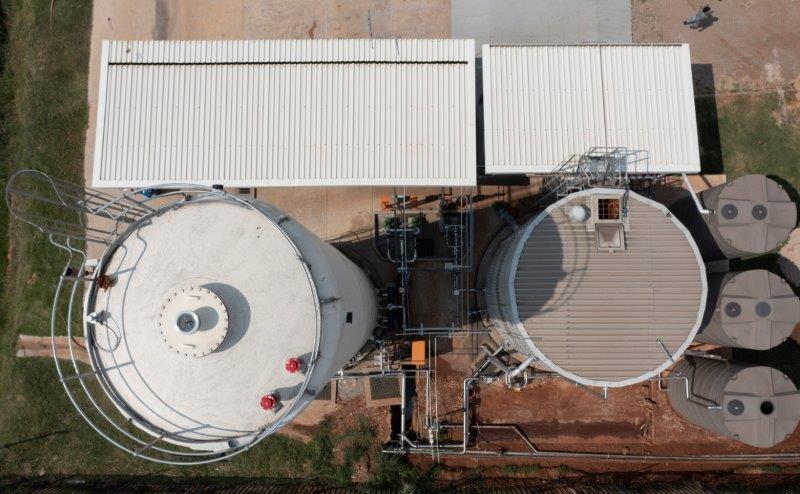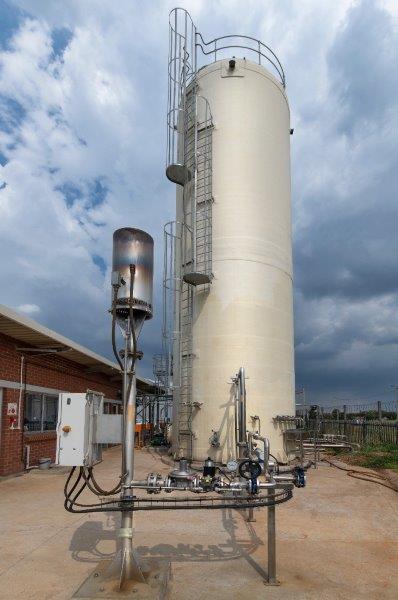Responsible for the installation of over 20 anaerobic digestors in Africa, Talbot has extensive experience in building, designing as well as operating biogas plants, and is beginning to see an increase in biogas projects.By Kirsten Kelly


Biogas is dependent on the amount of organic matter in the wastewater. “Most of our builds have been for the food and beverage industry where there is a high volume of sugars in the wastewater. There are also massive opportunities in the pulp and paper industry. But unfortunately, not all industries are suited to biogas production due to some toxic elements found in the wastewater. Interestingly, domestic wastewater typically has low organic content and may not be the best option for biogas production, which is why aerobic processes are mostly used in municipal wastewater plants,” he adds.
Feasibility
When assessing the feasibility of a potential biogas project, Talbot will look at both the economic and technical aspects. “We need to understand the drivers – it could be compliance, security of energy supply, waste management or environmental sustainability. We then look at the volume of wastewater and the organic content and understand where the wastewater is discharged. There may be a limit on the amount of wastewater to be discharged or the tariffs may be expensive,” says Mike Smith, associate director, Talbot.
The chemical oxygen demand (COD) in wastewater determines the size of the digester. Biochemical oxygen demand (BOD) could be used to measure the organic content in wastewater, but COD is a faster test. The more COD in wastewater, the better the economies of scale. “Typically, a feasible biogas project in South Africa five years ago would require more than 5 000 mg/ℓ of COD. Today due to advances in technology and stricter regulations and higher tariffs around the discharge of wastewater, 2 000 mg/ℓ to 3 000 mg/ℓ of COD is feasible for a bigas project,” explains Smith.
The size of anaerobic digesters has also drastically decreased over the years and they therefore take up a much smaller footprint. They are also tightly sealed and therefore no longer release any odours. Depending on the wastewater and conditions, the conversion of waste to energy is significantly faster.

In addition to biogas, anaerobic digestion facilitates water recovery, reducing the amount of wastewater discharge and the use of potable water. “In South Africa, there is a huge interest in water reuse because our municipal systems are under strain and recovering water from industrial effluent limits the pressure applied to water and wastewater treatment facilities,” states Thompson.
Due to the high cost of anaerobic plants, there are various financing options. In some instances, Talbot can fund an anaerobic digestion plant, use the client’s wastewater and then charge for the plant’s output (water recovery/biogas). “The client is receiving the benefits, and paying for it on a tariff basis, instead of laying out a huge amount of capital. Smaller anaerobic digesters can be rented on a three-year or longer basis,” adds Smith.









